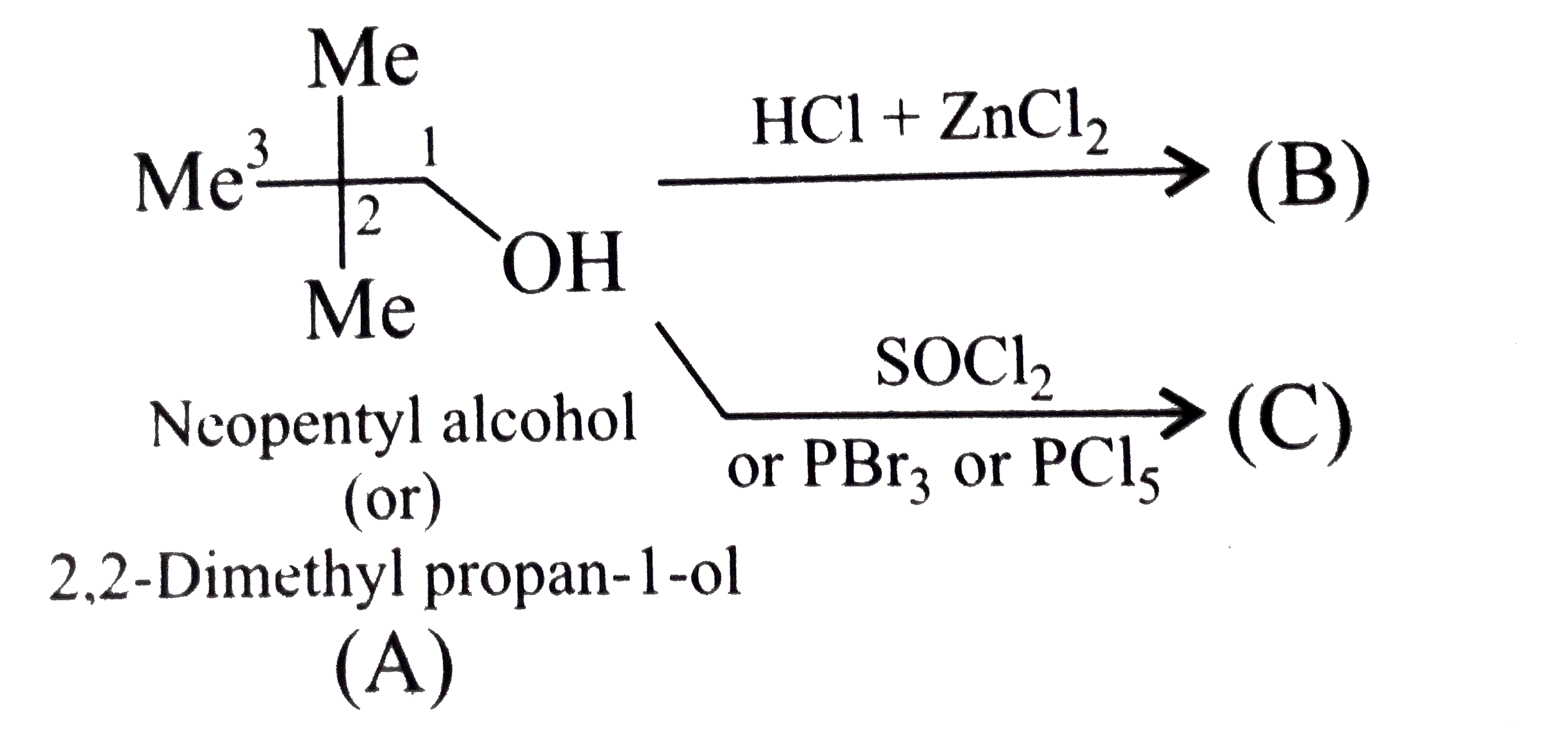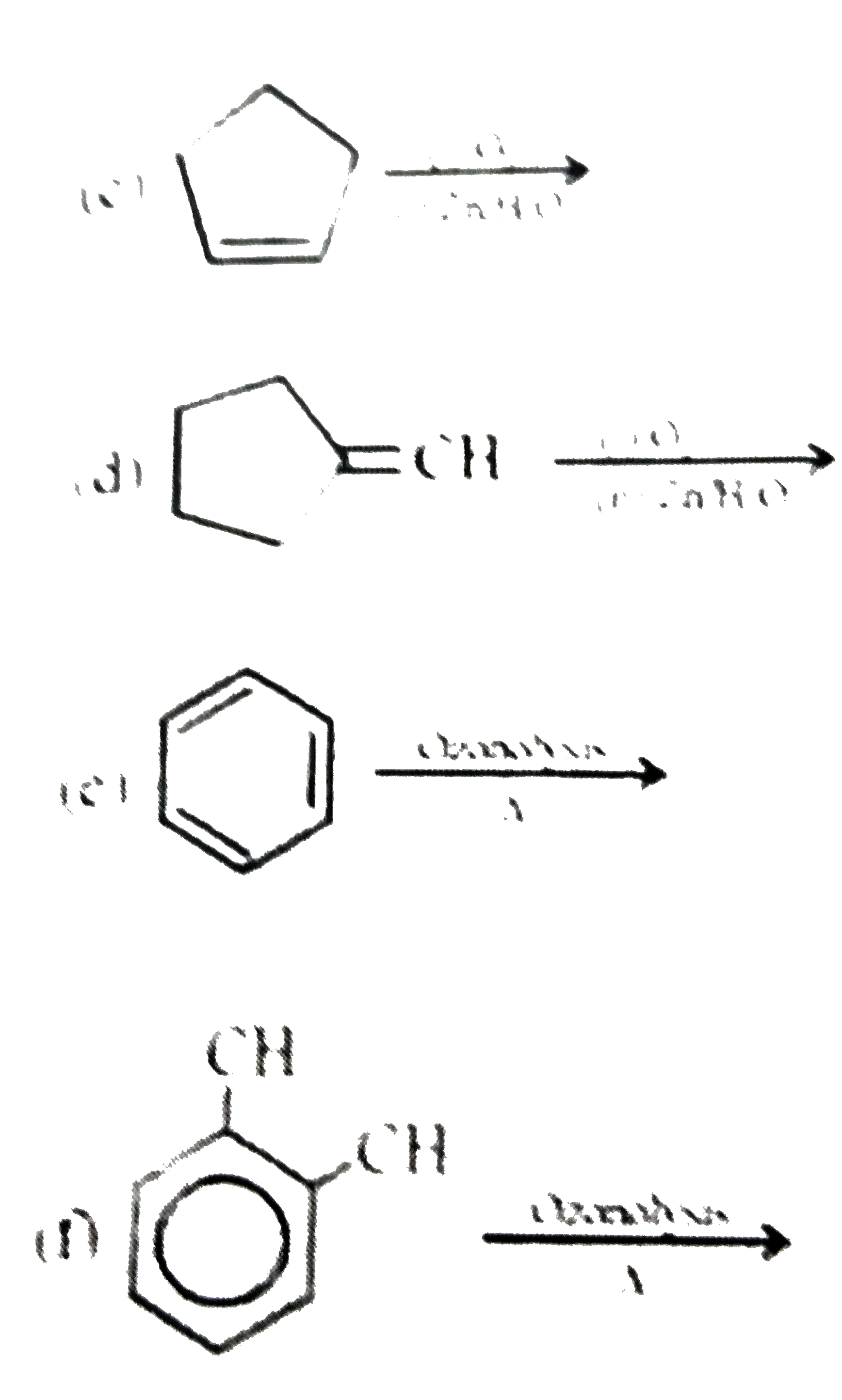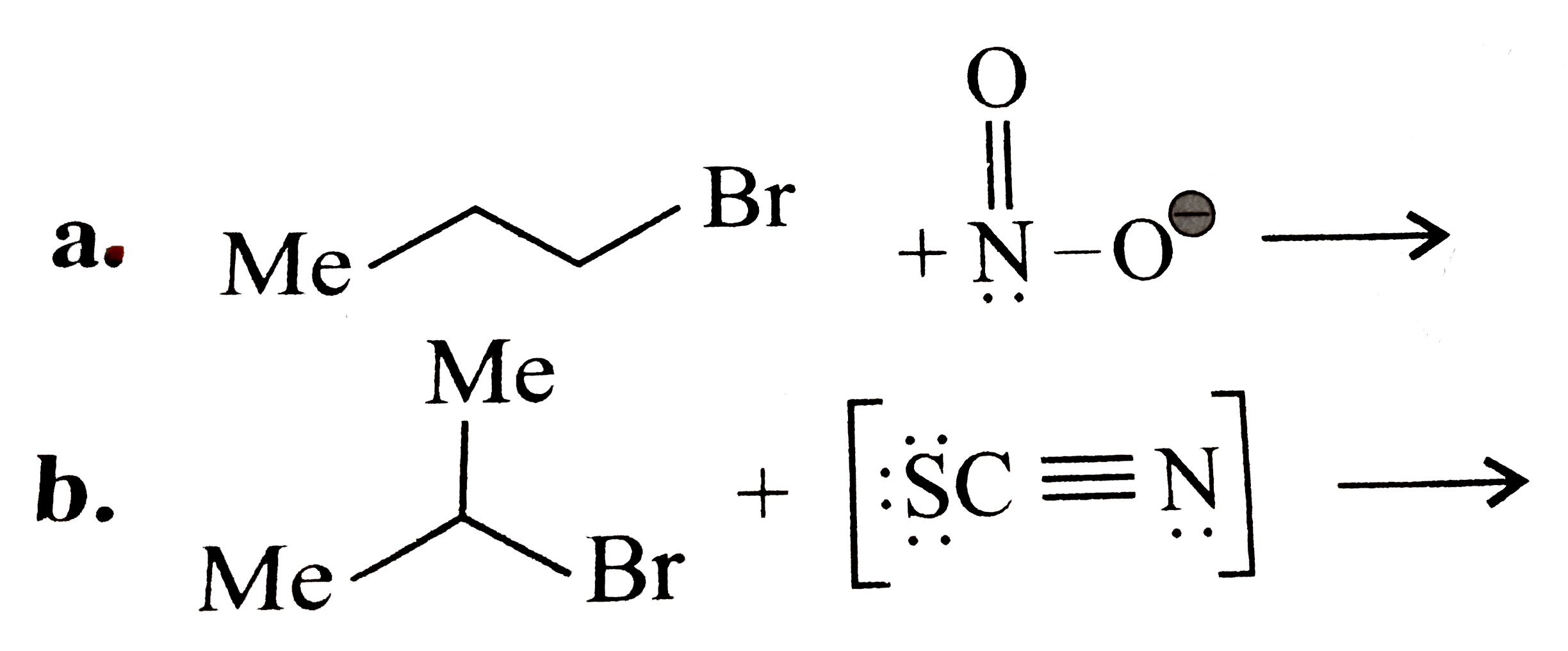What is the side product of soap industry ? Give reactions showing soap formation.
Step-by-Step Solution:
Step 1: Understanding Soap Formation
- Soap is formed through a process called saponification, which involves the hydrolysis of fats or oils (which are esters of fatty acids) in the presence of a strong base, typically sodium hydroxide (NaOH).
Step 2: Identifying the Reactants
- The main reactants in the saponification process are:
- Fats or oils (triglycerides), which are esters of glycerol and fatty acids.
- A strong base, usually sodium hydroxide (NaOH).
Step 3: The Reaction
- The general reaction for the saponification of a triglyceride can be represented as follows:
Fat (Triglyceride)+NaOH→Soap (Sodium Salt of Fatty Acid)+Glycerol
- For example, if we take stearic acid (a fatty acid) as a representative fatty acid, the reaction can be shown as:
C3H5(C18H36O2)+3NaOH→3C18H35O2Na+C3H8O3
Here, C₃H₅(C₁₈H₃₆O₂) represents a triglyceride (like stearin), NaOH is sodium hydroxide, C₁₈H₃₅O₂Na is sodium stearate (the soap), and C₃H₈O₃ is glycerol.
Step 4: Side Products of Soap Formation
- The side products of the soap-making process include:
- Glycerol (also known as glycerin), which is a by-product of the reaction.
- Residual sodium hydroxide, which may remain in the solution after the reaction.
Step 5: Precipitation of Soap
- The soap produced remains in colloidal form and can be precipitated from the solution by adding sodium chloride (NaCl). This helps in separating the soap from the glycerol and any unreacted materials.
Summary of the Reaction:
1. Reactants: Triglyceride + Sodium Hydroxide
2. Products: Soap (Sodium Salt of Fatty Acid) + Glycerol
3. Side Product: Glycerol and residual sodium hydroxide.
- Soap is formed through a process called saponification, which involves the hydrolysis of fats or oils (which are esters of fatty acids) in the presence of a strong base, typically sodium hydroxide (NaOH).
- The main reactants in the saponification process are:
- Fats or oils (triglycerides), which are esters of glycerol and fatty acids.
- A strong base, usually sodium hydroxide (NaOH).
- The general reaction for the saponification of a triglyceride can be represented as follows:
Fat (Triglyceride)+NaOH→Soap (Sodium Salt of Fatty Acid)+Glycerol
- The side products of the soap-making process include:
- Glycerol (also known as glycerin), which is a by-product of the reaction.
- Residual sodium hydroxide, which may remain in the solution after the reaction.
- The soap produced remains in colloidal form and can be precipitated from the solution by adding sodium chloride (NaCl). This helps in separating the soap from the glycerol and any unreacted materials.
1. Reactants: Triglyceride + Sodium Hydroxide
2. Products: Soap (Sodium Salt of Fatty Acid) + Glycerol
3. Side Product: Glycerol and residual sodium hydroxide.
Topper's Solved these Questions
- BOOK - NCERT EXEMPLAR ENGLISHCHAPTER - CHEMISTRY IN EVERYDAY LIFEEXERCISE - Match the Column6videos
CHEMISTRY IN EVERYDAY LIFE
- BOOK - NCERT EXEMPLAR ENGLISHCHAPTER - CHEMISTRY IN EVERYDAY LIFEEXERCISE - Assertion and Reason14videos
CHEMISTRY IN EVERYDAY LIFE
- BOOK - NCERT EXEMPLAR ENGLISHCHAPTER - CHEMISTRY IN EVERYDAY LIFEEXERCISE - Long Answer Type Qns4videos
CHEMISTRY IN EVERYDAY LIFE
- BOOK - NCERT EXEMPLAR ENGLISHCHAPTER - CHEMICAL KINETICSEXERCISE - LONG ANSWER TYPE QUESTIONS5videos
CHEMICAL KINETICS
- BOOK - NCERT EXEMPLAR ENGLISHCHAPTER - COORDINATION COMPOUNDSEXERCISE - Long Answer Type Question5videos
COORDINATION COMPOUNDS
Similar Questions
Knowledge Check
- Question 1 - Select One
Give the product of the following reaction sequence :
 A
A B
B C
C D
D
What is a soft soap ?
View SolutionGive the product of the following reactions:
a.
View SolutionGive product of the following reactions :-
 View Solution
View SolutionGlycerol is separated in soap industries by :
View SolutionWhat is the advantage of a detergent over soap ?
View Solution
Product (B) and name of the reaction in the formation of (B) are :View SolutionEthyl benzene on oxidation with KMnO4 gives:
View Solution


